Getting Corporation Tax right is more than just knowing how much you’ll pay and at what rate. It’s about deadlines and planning, as well as tax deductions and reliefs that could save you thousands each year.
Many UK businesses unintentionally overpay their Corporation Tax because they aren’t aware of what can and can’t be deducted; others end up fined by HMRC for missing important deadlines.
In other words, understanding your Corporation Tax return, including how to register, calculate and file correctly, makes an enormous difference to financial health.
What is Corporation Tax?
Corporation Tax is imposed on profits made by limited companies (and some other organisation types), after deducting allowable expenses.
Corporation Tax is paid at a flat rate (unless you qualify for a small business rate), and covers profits from trading, investments and chargeable gains.
Who pays Corporation Tax?
Corporation Tax in the UK is mainly paid by:
- Limited companies registered in the UK. This includes private limited companies (Ltd), public limited companies (PLC), and other corporate bodies registered under UK law.
- Foreign companies with a UK branch or office. These are often referred to as “non-resident companies”
- Unincorporated associations, like clubs and co-operatives that earn profits.
Sole traders and partnerships do not pay Corporation Tax; they instead pay Income Tax through Self-Assessment. Even if your company makes no profit or is dormant, you may still need to file a return unless HMRC says otherwise.
What are taxable profits?
Corporation Tax is based on your taxable profits during an accounting period (usually your financial year). Your taxable profit is your income minus allowable business expenses and reliefs.
What is an accounting period?
Most companies have an accounting period of 12 months, matching their financial year. However, your first accounting period may be shorter or longer depending on your company’s start date and the Companies House registration date.
Your accounting period for Corporation Tax cannot exceed 12 months, even if your company accounts cover a longer timeframe.
What is the Corporation Tax rate in 2025?
As of April 2025, the UK is operating a tiered system of rates for Corporation Tax. The main rate of Corporation Tax is 25%, but other rates may be payable depending on your business.
Associated Companies
When your company is associated with one or more other companies, it's important to be aware of two main impacts on your Corporation Tax.
The £50,000 and £250,000 profit thresholds that determine whether you pay the 19% or 25% Corporation Tax rate are divided by the total number of associated companies. For example, if you have two associated companies, the lower 19% rate would apply to profits up to £25,000 for each company.
Quarterly Instalment Payments (QIPs)
Quarterly Instalment Payments (QIPs) are required when a company's taxable profits exceed a £1.5 million limit. This limit is divided by the number of associated companies. This means the threshold can be different for each. For example, if there are two companies, the limit would be £750k each. If one makes £650k profit, it stays on the old payment schedule, while another making £800k would move to QIPs.
For companies with a March year-end, the quarterly instalment payment dates are fixed. Please note that there are certain exemptions to this rule, primarily for companies with an annual Corporation Tax liability of less than £10,000 after all reliefs and allowances have been applied.
QIPs rules
- QIPs are required when a company's taxable profits exceed a £1.5 million limit.
- This threshold is reduced by the number of active companies that are 51% owned.
- A company is considered "active" if it has any balance sheet movements.
- To determine if your company is required to make QIPs, identify all associated companies within your corporate structure.
What is a Corporation Tax Return (CT600)?
The CT600 form (or Corporation Tax Return) is the way companies declare taxable profits, reliefs and tax liabilities to HMRC. For this, important details are needed, including records of your income, expenses, capital allowances and tax adjustments.
An accountant and tax management software can help you to complete your CT600 accurately and compliantly; however, it is important to remember responsibility ultimately lies with your company directors to get this right.
Once your CT600 has been submitted, HMRC will review your figures and confirm what you owe.
What are the Corporation Tax Return deadlines?
When it comes to good Corporation Tax planning and compliance, timing is everything. Here are the key deadlines:
- Filing your CT Return: Within 12 months of the end of your accounting period.
- Paying the tax: Within 9 months and 1 day after the end of the accounting period.
Missing these deadlines can result in hefty penalties, starting at £100 and increasing for longer delays. On top of that you will also have to pay interest on late payments.
Registering for Corporation Tax
Once your company is trading, you will need to let HMRC know. This means the company will be officially recognised for tax purposes and will receive all relevant deadlines and correspondence.
You need to register for Corporation Tax within 3 months of starting any business activity. In this context, business activity includes buying or selling products, advertising, employing staff or renting office space.
How to register for Corporation Tax
Registering for Corporation Tax is a simple but important step. It can be done via the HMRC website. Registration will require the following information:
- Your company registration number (from Companies House)
- The date of incorporation
- The date your business started trading
- Your principal business address
- Details about your main business activities
You’ll also need a Government Gateway account and ID (if you don’t have one already). This enables you to access HMRC’s online services and submit your CT600 form.
When registered, you’ll receive a Unique Taxpayer Reference (UTR), a 10-digit number used to identify your company in all tax matters.
If you’re unsure when your trading activity officially begins (e.g. if your business spends time developing products before making sales) we recommend speaking to an accountant for advice.
How do you calculate your Corporation Tax bill?
An accurate Corporation Tax bill calculation is crucial for remaining compliant and ensuring you aren’t paying more than you need to. The standard calculation involves the following steps:
- Start with your company’s turnover (total income).
- Deduct allowable business expenses (such as rent, salaries, and supplies) to arrive at your profit before tax.
- Add back any non-deductible expenses (e.g., client entertainment, fines and others that aren’t allowed for tax purposes.)
- Deduct capital allowances for qualifying assets, such as machinery or equipment purchases.
- The result is your taxable profit, which is then multiplied by the appropriate Corporation Tax rate
Please note, other factors can also affect the final figure, including marginal relief, group relief, and any losses carried forward or back.
Example Corporation Tax calculation
Your company has just completed its first financial year; the following example is how a Corporation Tax calculation might look:
- Since this company’s profit falls between £50,001 and £250,000, it qualifies for marginal relief. For simplicity, let’s assume an effective rate of 22% after applying marginal relief.
- Corporation Tax owed: £82,000 x 22% = £18,040
The exact amount will vary depending on specific reliefs or losses carried forward from previous years. For example, if you invested in qualifying R&D or claimed the Annual Investment Allowance, the tax bill could drop significantly.
Use tools to help calculate Corporation Tax
Modern tools like Xero, QuickBooks, or FreeAgent can automate a lot of this process. This minimises the risk of human error while keeping your financial data organised and compliant with HMRC standards.
Corporation Tax Allowances & Reliefs
There are lots of reliefs available to companies that can significantly reduce Corporation Tax bills; some of these include:
- R&D Tax Credits for companies investing in innovation.
- Annual Investment Allowance (AIA) for equipment, plant and machinery
- Creative Industry Reliefs for companies working in film, TV and videogames
- Loss reliefs, which allow companies to offset losses against future or past profits
This is where a proactive accountant and tax planner can really make an impact to your company’s bottom line.
How to submit a Corporation Tax return
When all other steps are complete, it’s time to submit your Corporation Tax return. This is the final and most important step in ensuring compliance with HMRC.
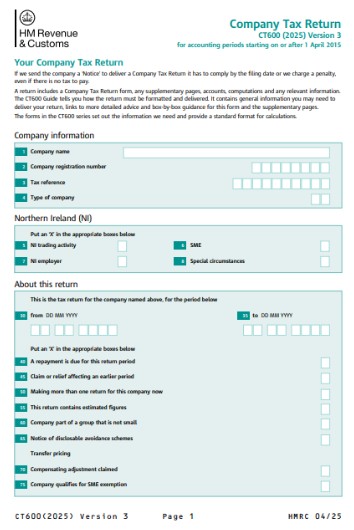
Every limited company files its Corporation Tax Returns, even if they have made no profit or are claiming a loss.
The return is submitted using the CT600 form along with company accounts and a computation (a detailed breakdown showing how you arrived at your taxable profit figure).
Typical submission steps
- Gather your company’s full statutory annual accounts and tax computations. They must be submitted in the required format.
- Log into HMRC online with your Government Gateway ID and password (or use HMRC-approved software)
- Complete the CT600 form with company details, financial data and tax calculations, and attach your accounts and computations.
- Declare that all information is accurate and submit electronically to HMRC.
These steps are accurate as of the current year; please be aware that submission steps are subject to change as the government tweaks rules and processes.
Should you use an accountant?
While not mandatory, seeking the help of an accountant to calculate, prepare and submit your Corporation Tax returns is a good idea.
The process can become extremely technical, requires accurate calculations and also mandates some specific digital formats you may not be familiar with.
On top of that, an accountant can provide advice through the entire process, including your eligibility for valuable reliefs and allowances.
Potential changes to the UK Corporation Tax system
Corporation Tax rules have a history of change. As of 2025, the UK continues with the two-tier system (plus marginal relief); however, there are frequent discussions about additional reliefs.
The government is also pushing for digitalisation, and it is likely Corporation Tax will follow VAT and be included in Making Tax Digital (MTD) in the near future.

.png)


.png)

.png)
.png)

.png)
.png)
.png)













.png)
.png)
.png)

.png)
.png)

.png)




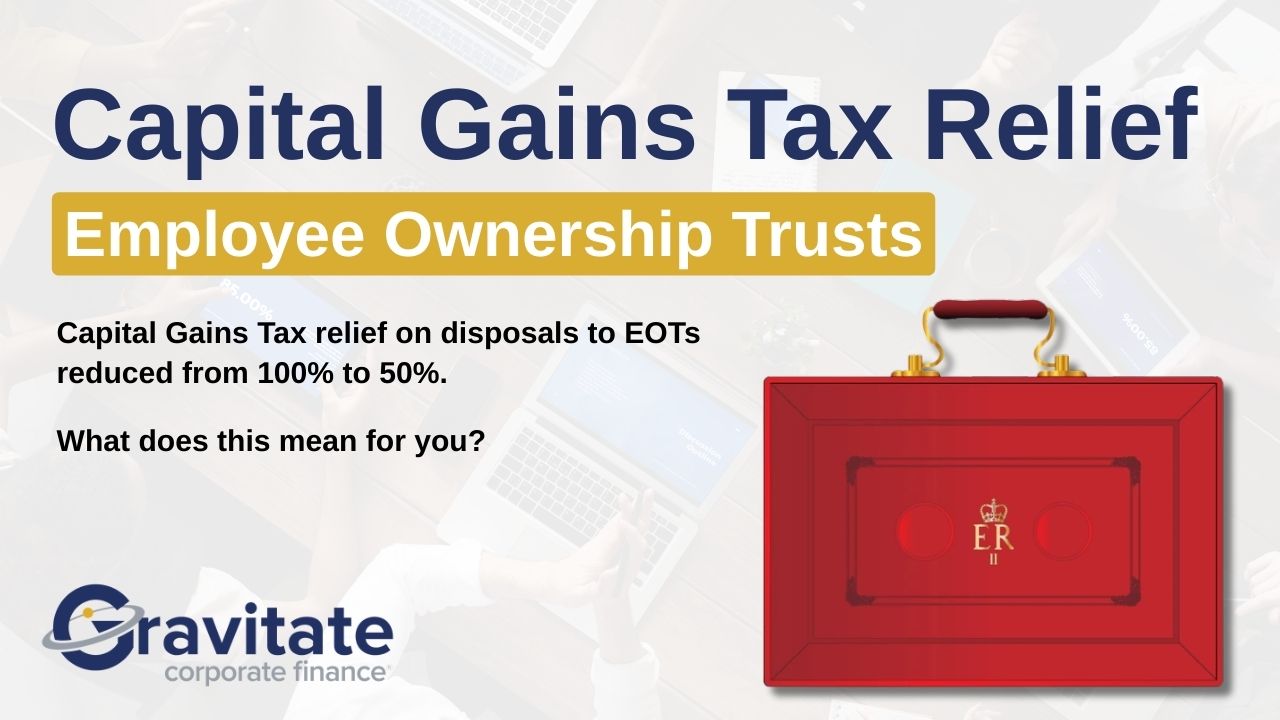
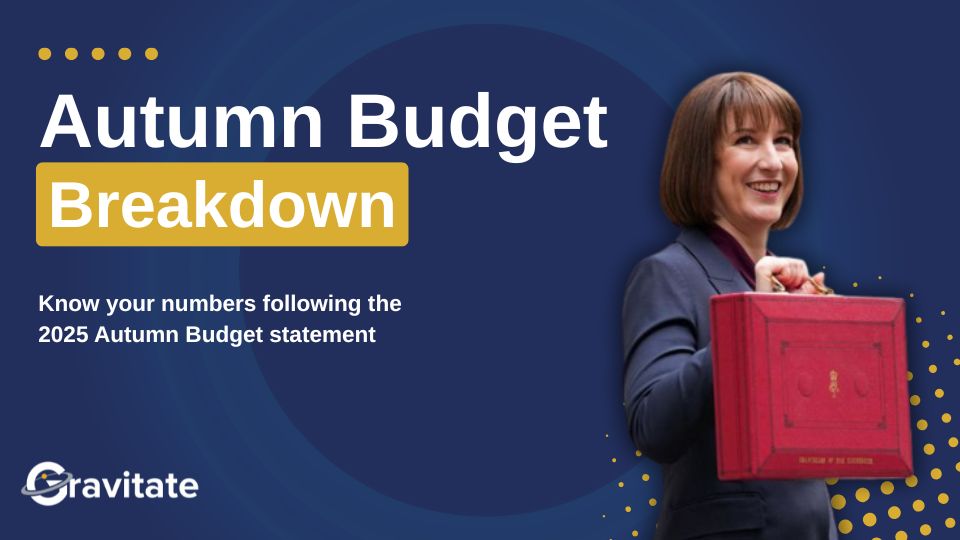
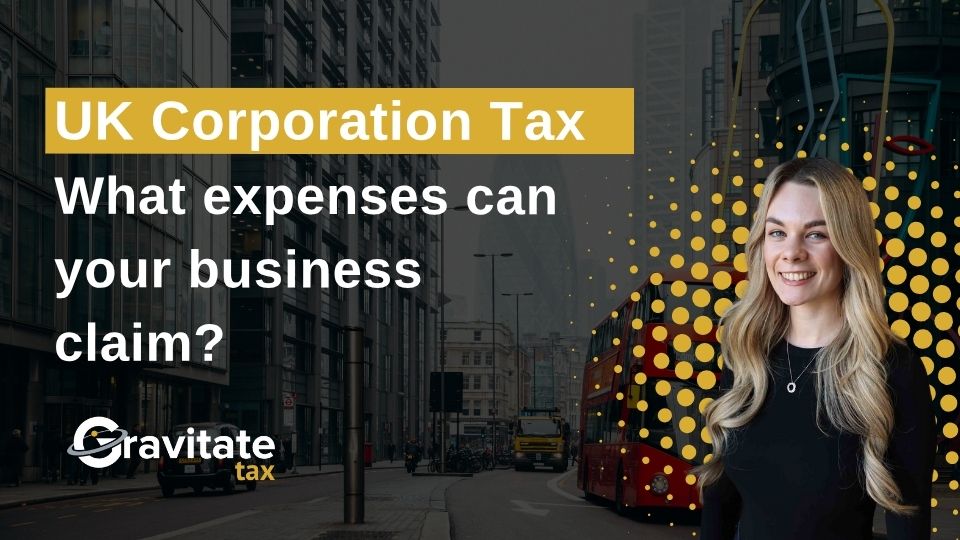
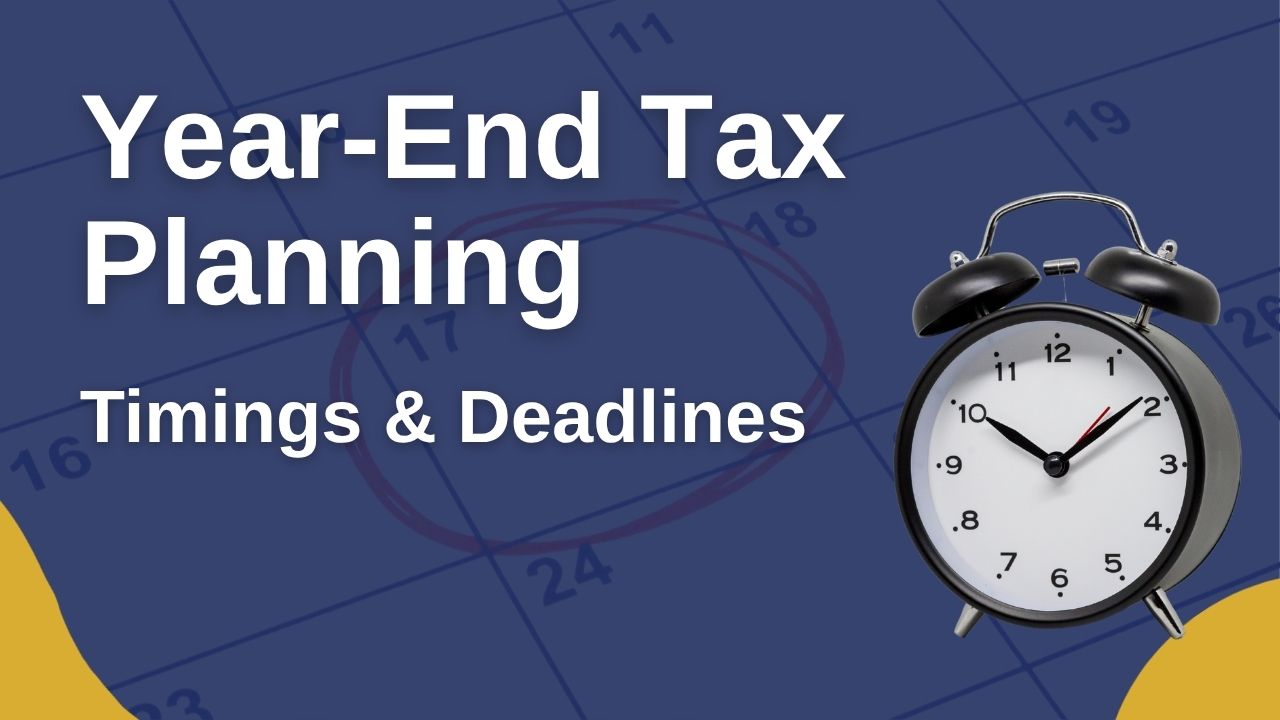
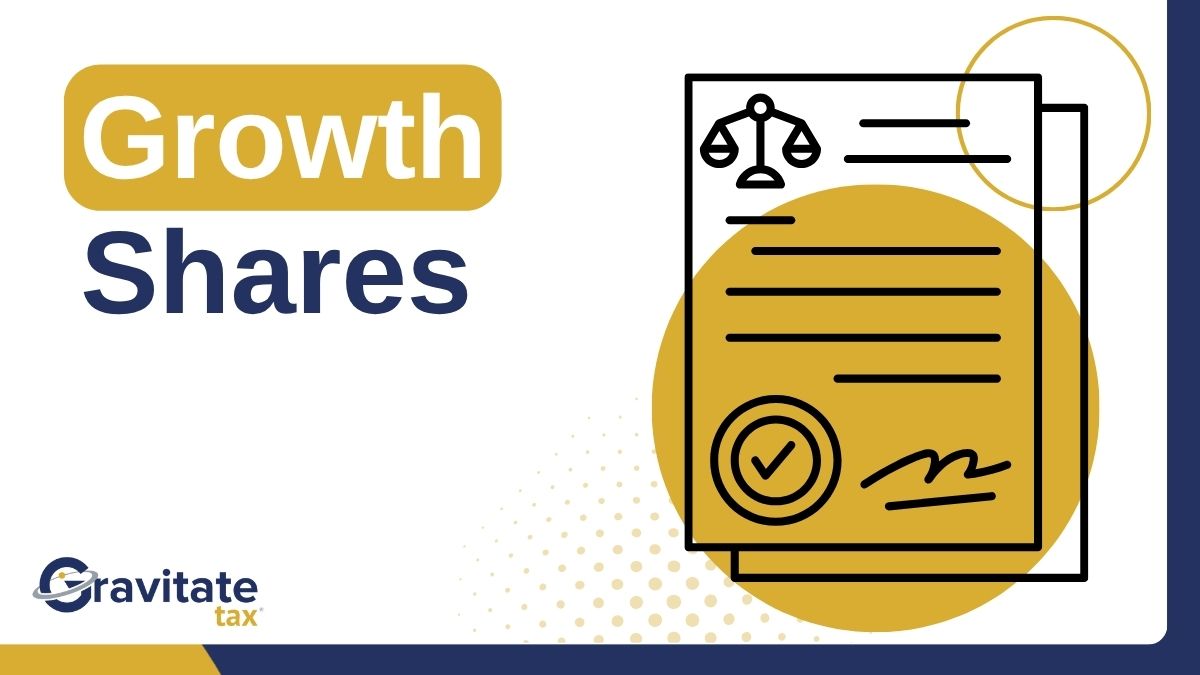


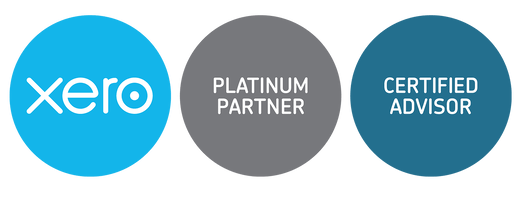



.jpg)

.webp)
.png)

.svg)
